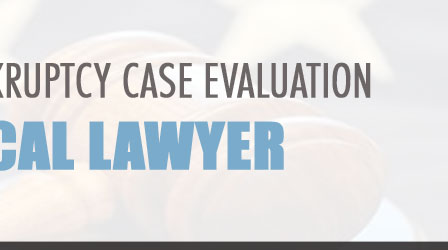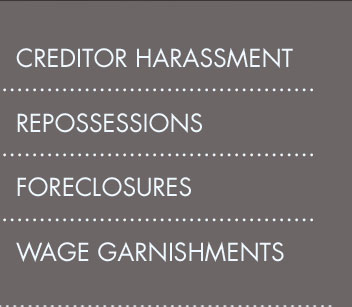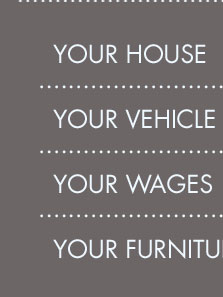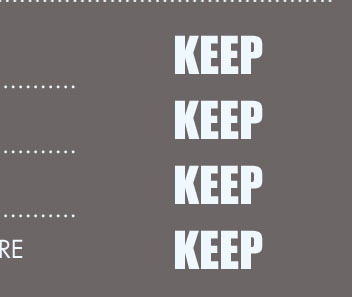 |
 |
 |
|---|
 |
 |
 |
|---|---|---|
 |
 |
 |
 |
 |
 |
|---|---|---|
 |
 |
 |
 |
Filing Bankruptcy in Utah: A Comprehensive Guide
Filing for bankruptcy in Utah can be a daunting process. This guide aims to provide a clear understanding of the steps involved, ensuring you're well-prepared for each phase.
Understanding Bankruptcy Types
There are two primary types of bankruptcy for individuals: Chapter 7 and Chapter 13. It's crucial to understand the differences before proceeding.
Chapter 7 Bankruptcy
Chapter 7 bankruptcy, often referred to as liquidation bankruptcy, involves selling off non-exempt assets to pay creditors. It's typically suited for individuals with limited income who cannot repay their debts.
Chapter 13 Bankruptcy
Chapter 13 bankruptcy, or reorganization bankruptcy, allows individuals to create a repayment plan to pay back debts over a period, usually three to five years. This option is for those with a regular income.
Eligibility Criteria
Before filing, ensure you meet the eligibility requirements for your chosen bankruptcy type.
- Chapter 7: You must pass the means test, which compares your income to the median income in Utah.
- Chapter 13: You must have a regular income and your debts must not exceed certain limits.
Filing Process
The filing process involves several key steps that must be completed accurately to avoid delays.
Step 1: Credit Counseling
Before filing, you must complete a credit counseling course from an approved agency. This course helps determine if bankruptcy is the best option for you.
Step 2: Filing the Petition
Submit a bankruptcy petition along with detailed financial information, including your assets, income, and debts. This step initiates the bankruptcy process.
Step 3: Meeting of Creditors
Attend the 341 meeting, where you and your creditors discuss your financial situation. This meeting is mandatory and provides an opportunity for creditors to ask questions.
Life After Bankruptcy
Post-bankruptcy, you may wonder what comes next. It's essential to rebuild your credit and manage your finances responsibly.
Consider reading about filing bankruptcy in ma to understand different state regulations and processes.
FAQs
What assets can I keep in Utah?
Utah allows certain exemptions, including your primary residence, a vehicle up to a certain value, and necessary household goods.
How long does the bankruptcy process take?
The Chapter 7 process typically takes 4-6 months, while Chapter 13 can last 3-5 years, depending on your repayment plan.
Can I file without an attorney?
While it's possible to file without an attorney, it's advisable to seek legal guidance to navigate the complexities of bankruptcy law.
How will bankruptcy affect my credit?
Bankruptcy will impact your credit score, but it provides a chance to rebuild your financial standing gradually.
For those considering bankruptcy in other states, it might be useful to learn how to file bankruptcy in south carolina as a point of comparison.
It now costs $306 to file for bankruptcy under chapter 7 and $281 to file for bankruptcy under chapter 13, whether for one person or a married couple.
Note: Bankruptcies are handled by the federal (not state) court system. Forms and Resources. Upsolve - guided interview to help people file for bankruptcy ...
Filing for bankruptcy may be done without an attorney; however, it is recommended to retain the services of an attorney for assistance and guidance through this ...
![]()